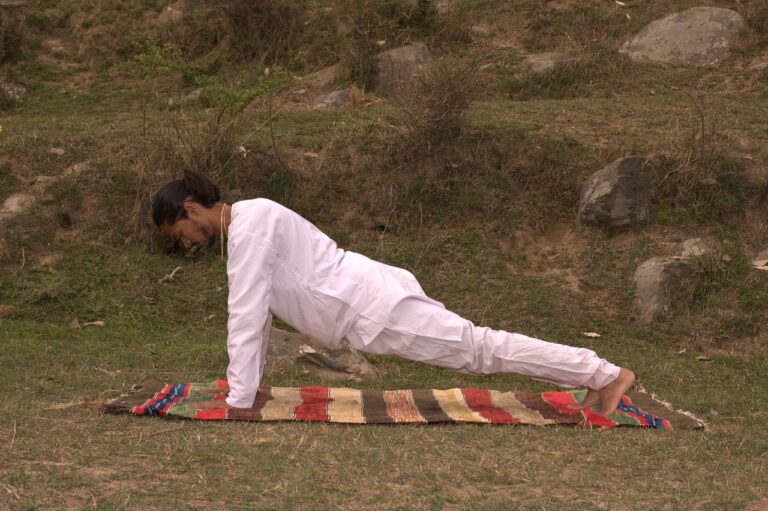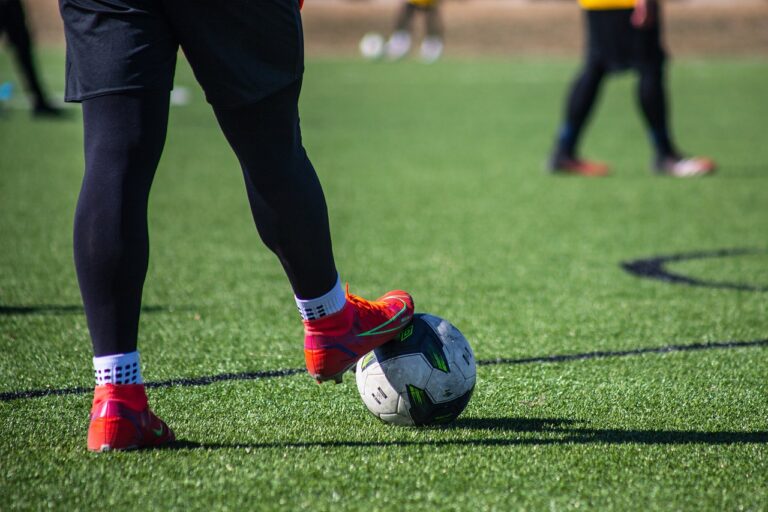Pathological Aspects of Wildlife Rehabilitation and Release: All panel mahadev book, Lotus bhai 365 login, Allpaanel
all panel mahadev book, lotus bhai 365 login, allpaanel: Wildlife rehabilitation and release play a vital role in helping sick, injured, or orphaned animals get back to their natural habitats. However, there are several pathological aspects that need to be considered when caring for these animals to ensure their successful rehabilitation and release.
Initial Assessment
One of the most crucial steps in wildlife rehabilitation is the initial assessment of the animal. This includes examining the animal for any signs of injury, illness, or malnutrition. It is essential to determine the underlying cause of the animal’s condition before starting the rehabilitation process.
Medical Treatment
After the initial assessment, medical treatment may be necessary to address any health issues the animal may have. This can include administering medications, performing surgeries, or providing specialized care for specific conditions. It is essential to work with a veterinarian experienced in wildlife medicine to ensure the best possible outcome for the animal.
Nutritional Support
Proper nutrition is crucial for the rehabilitation of wildlife. Many animals that come into rehabilitation centers are malnourished and need specialized diets to regain their strength. Providing the right balance of nutrients is essential for the animal’s recovery and eventual release back into the wild.
Physical Therapy
In some cases, wildlife may require physical therapy to help them recover from injuries or regain mobility. This can include exercises to strengthen muscles, improve range of motion, or help the animal relearn essential skills needed for survival in the wild. Physical therapy is an essential part of the rehabilitation process for many animals.
Behavioral Rehabilitation
Wildlife that have been in captivity for an extended period may need behavioral rehabilitation to prepare them for release back into the wild. This can include teaching animals how to forage for food, avoid predators, or interact with other members of their species. Behavioral rehabilitation is crucial for ensuring the animal’s success once they are released.
Pre-Release Assessment
Before releasing an animal back into the wild, a pre-release assessment is necessary to ensure they are ready. This can include evaluating the animal’s physical health, behavior, and ability to survive in their natural habitat. It is essential to have strict criteria for releasing wildlife to ensure their successful reintegration into the wild.
FAQs
Q: How long does wildlife rehabilitation take?
A: The length of time wildlife rehabilitation takes varies depending on the animal’s condition. Some animals may only need a few weeks of care, while others may require several months before they are ready for release.
Q: Can all wildlife be rehabilitated and released?
A: Not all wildlife can be successfully rehabilitated and released. Some animals may have injuries or health conditions that prevent them from surviving in the wild. In these cases, euthanasia may be the most humane option.
Q: How can I help wildlife rehabilitation efforts?
A: There are several ways to help wildlife rehabilitation efforts, including donating supplies, volunteering your time, or supporting rehabilitation centers financially. By getting involved, you can make a difference in the lives of sick, injured, or orphaned animals.
In conclusion, wildlife rehabilitation and release are essential for helping animals in need. By considering the pathological aspects of rehabilitation, we can ensure that animals receive the care they need to thrive once released back into their natural habitats. If you’re passionate about wildlife conservation, consider supporting your local wildlife rehabilitation center and making a difference in the lives of animals in need.







